Why Poutine Endures as a Canadian Comfort Food
11 min read Explore the cultural roots and enduring popularity of poutine as a beloved Canadian comfort food that symbolizes national identity and hearty cuisine. July 18, 2025 18:05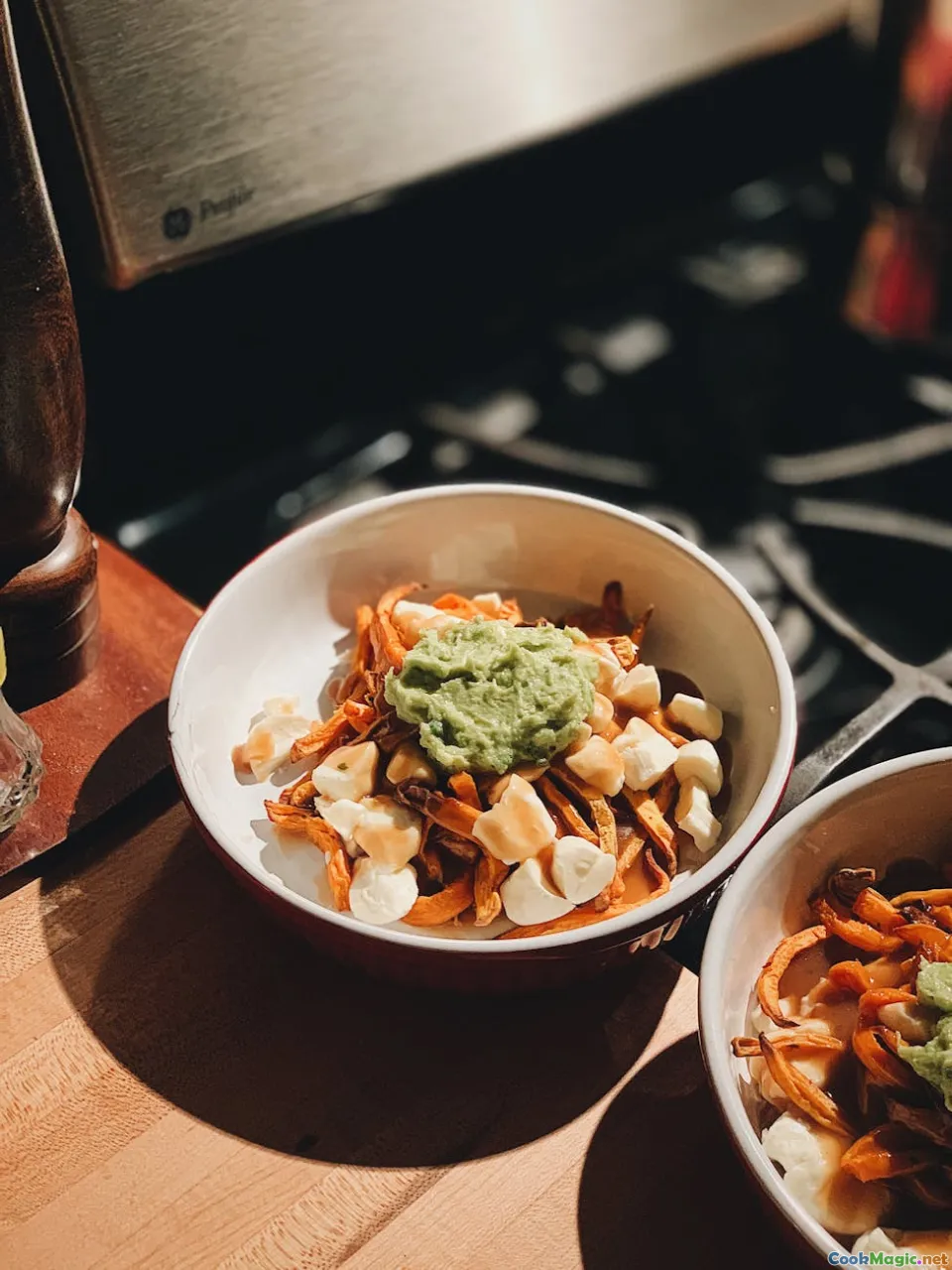
Why Poutine Endures as a Canadian Comfort Food
There's something inherently soulful about a steaming plate of poutine—a dish so evocative that it instantly transports you to the cold, welcoming streets of Canadian towns. From its humble beginnings in rural Quebec to its status as a national culinary emblem, poutine is more than just food; it’s a warm hug on a plate, a shared cultural jewel that embodies Canadian resilience, ingenuity, and camaraderie.
In this article, we’ll explore why poutine continues to hold a cherished spot in the hearts—and stomachs—of Canadians and visitors alike. From its rich history and sensory allure to the cultural narratives woven into every serving, let’s delve into what makes poutine a perennial comfort food in Canada.
Roots in Quebec: The Birth of Poutine
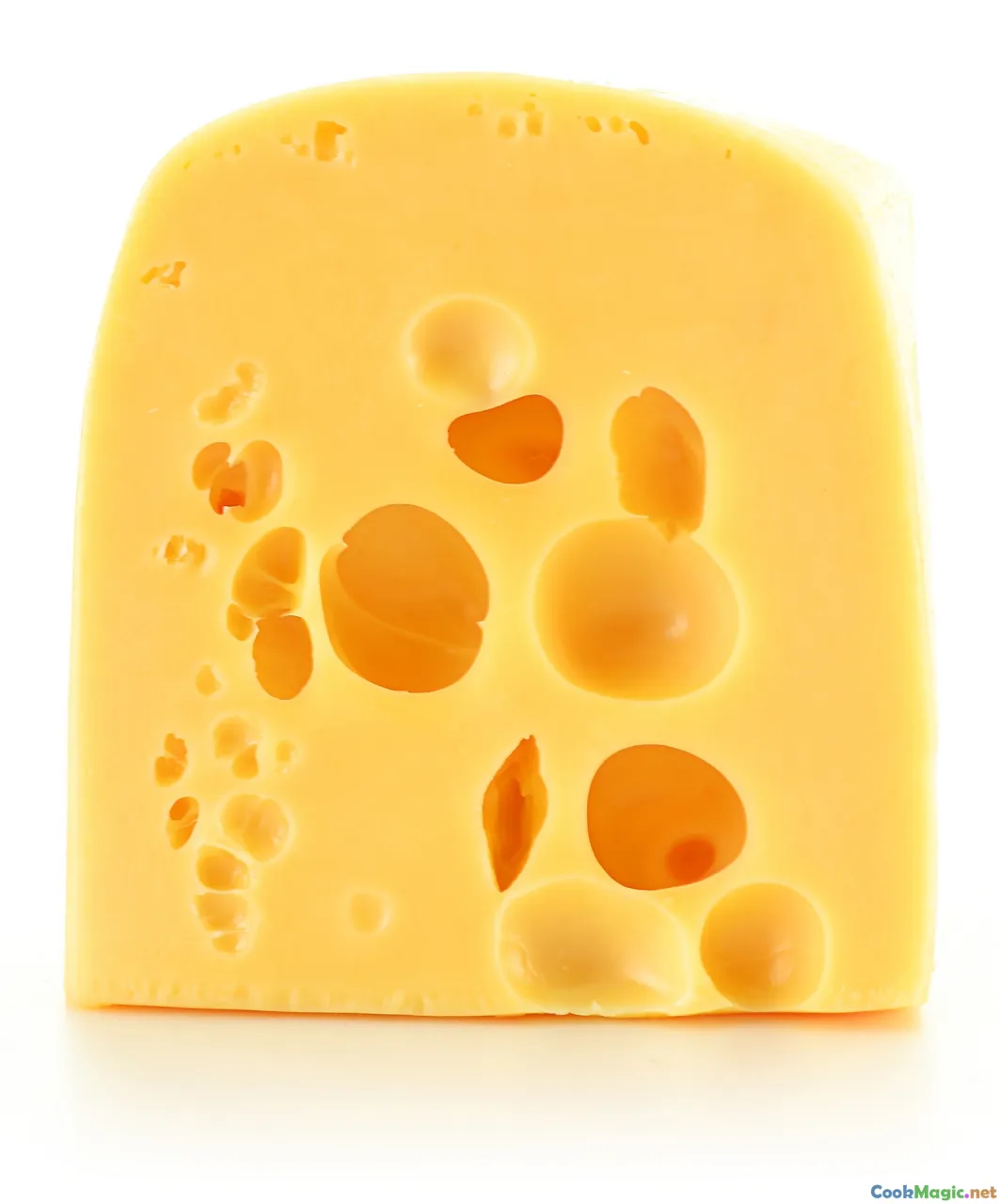
Poutine's origins trace back to rural Quebec in the 1950s—a time when post-war Canada was establishing its own culinary identity. Although the exact story differs from town to town, most agree that the dish emerged from a pragmatic desire: combining locally available ingredients into something hearty and satisfying.
The classic recipe begins with golden, freshly cut potatoes—crisp-fried to perfection, releasing that irresistible aroma of butter and oil. The topping of squeaky cheese curds—often sourced from nearby dairy farms—adds a unique texture that softly melts into the gravy below. Thick, luscious gravy—made from beef, chicken, or vegetable stock—clings to each element, tying everything together with umami richness.
Imagine walking through a winter market in Montreal or Quebec City—air tingling with the chill, the scent of fried potatoes mingling with the smell of roasting meats. The warmth of a bowl of poutine is an instant balm against the cold, a dish crafted from the land's modest yet flavorful ingredients.
The Sensory Symphony: Taste, Texture, and Visual Allure
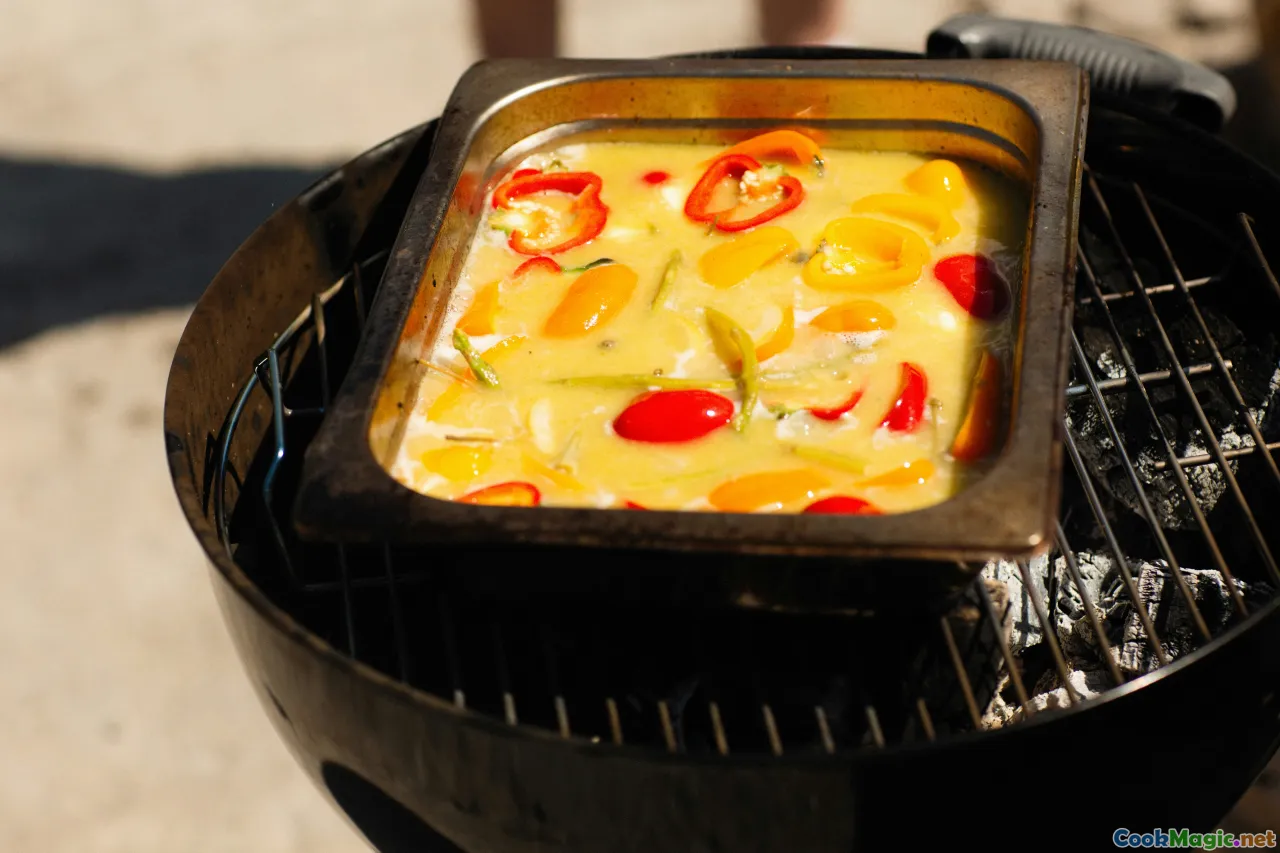
Poutine’s magic lies in its harmonious blend of textures and flavors that assault your senses in the most delightful ways. The first is the visual; a generous mound of crispy, golden fries crowned with blushing, squeaky cheese curds, all soaked in rich, dark gravy. It’s a feast for the eyes: the glossy sheen of gravy contrasts with the matte crunch of potatoes and the soft, inviting disruption of cheese.
In the mouth, it’s an explosion of sensations. The initial crunch of fries gives way to the silky decadence of cheese curds—warm, slightly elastic, whispering of farmstead freshness. The gravy seeps into every crevice, adding depth and moisture that transform simple fried potatoes into something almost luxurious.
The aroma—a compelling mixture of fried batter, dairy sweetness, and savory gravy—creates an immediate craving. Each bite underscores its reputation as comfort food, with flavors that evoke memories of winter nights, bygone youth, or roadside diners.
The Cultural Significance: More Than Just a Dish
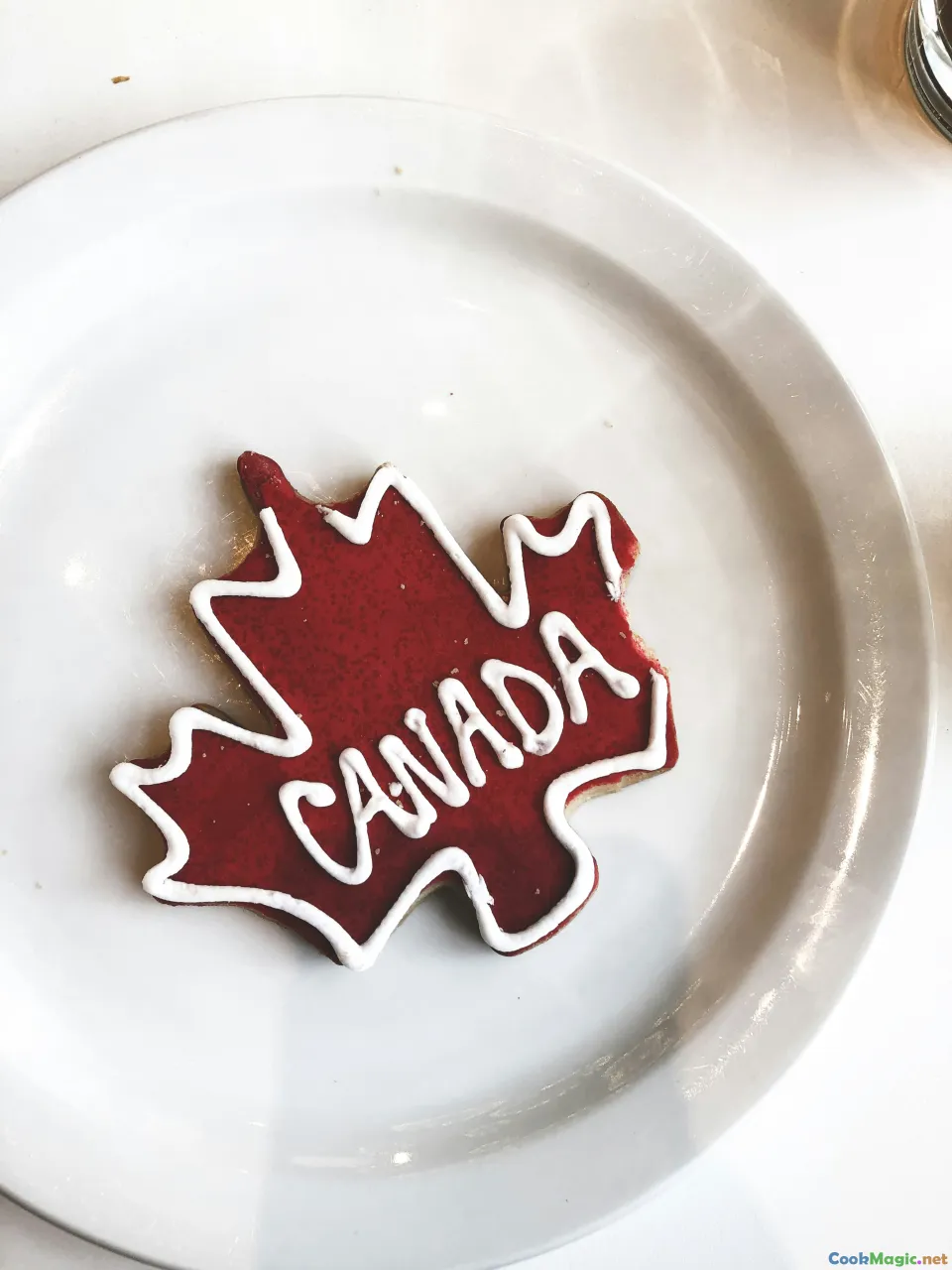
Poutine isn't just about taste; it’s a symbol of Canadian resilience and hospitality. It emerged amidst the ordinary and became extraordinary through shared experiences. It’s a dish that unites people from coast to coast, transcending class, age, and background.
Culturally, poutine embodies the Canadian spirit of resourcefulness—taking modest ingredients, combining them with creativity, and producing something comforting and communal. Enjoyed at roadside diners after a long day in the snow, at university campuses during late-night study sessions, or at fish shacks along the Atlantic coast, poutine adapts to every social setting.
In Quebec, poutine is woven into local identity, celebrated during festivals like the Festival de la Poutine or during hockey games where it’s often shared among friends cheering at the rink. Beyond Quebec, it’s become a national phenomenon, with regional twists—think smoked meat poutine in Montreal, foie gras-topped versions, or vegan adaptations dotted across Toronto and Vancouver.
Modern Twists and Culinary Innovation
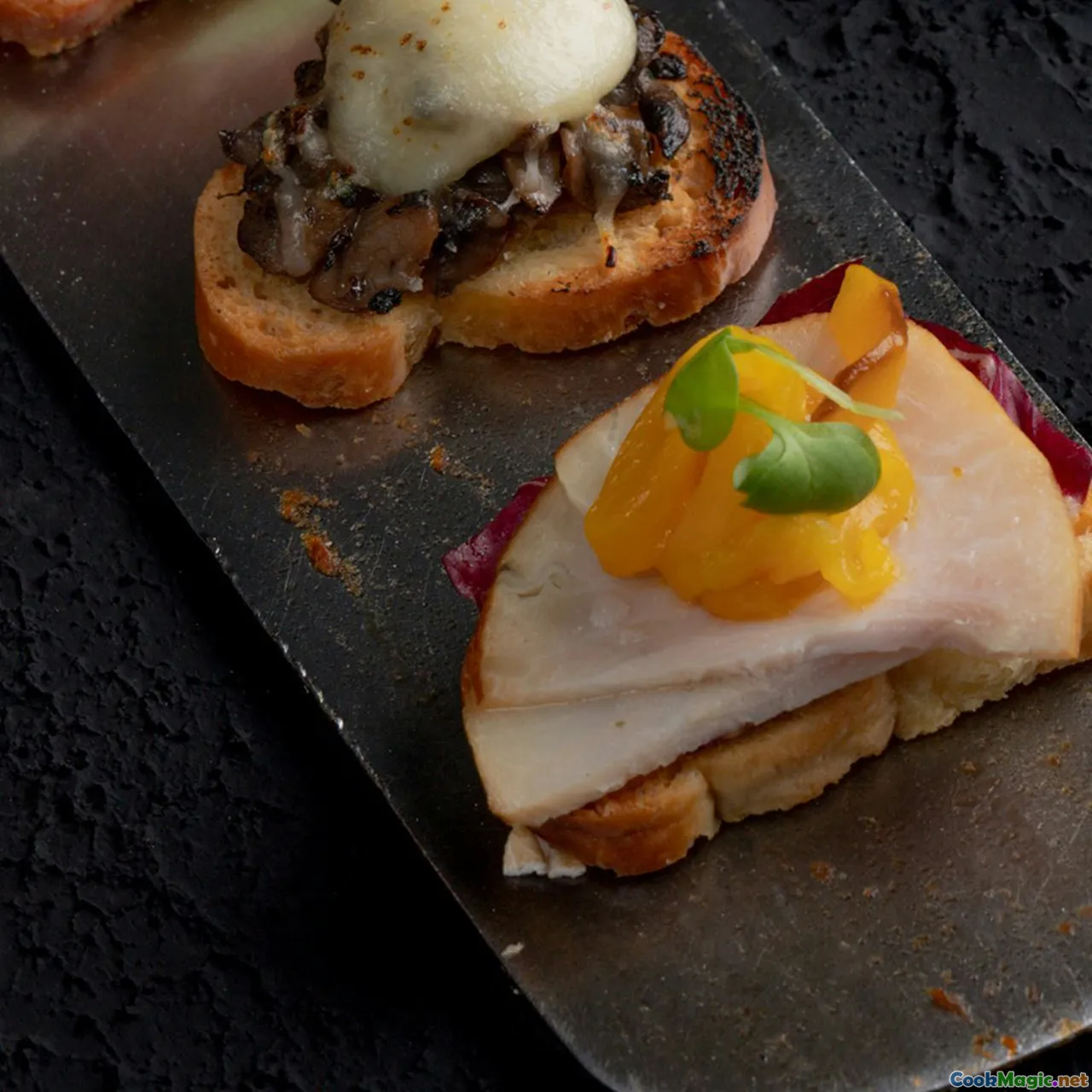
As Canadian chefs and food enthusiasts have embraced innovation, poutine has evolved from a rustic comfort dish to a canvas for culinary experimentation. Top chefs incorporate gourmet ingredients—truffle oil, duck confit, artisan cheeses—transforming humble poutine into upscale fare.
Vegan and vegetarian versions replace traditional cheese curds with cashew-based cheeses or plant-based mimics. Deconstructed poutine appears on high-end menus, presenting each component artistically while preserving the classic flavors.
Fusion styles also flourish: imagine a Caribbean-inspired poutine with jerk chicken and mango salsa, or a Korean twist with bulgogi, kimchi, and scallions atop crispy fries smothered in gochujang gravy.
Yet, despite these innovations, the core remains the same—warm, indulgent, and satisfying—accessible comfort foods that keep retracing their roots to remain beloved.
Why Poutine Endures: Emotional and Personal Connections

The enduring love for poutine is as much emotional as it is culinary. It’s a dish steeped in memories—late-night conversations in university dorms, road trips through snowy landscapes, cozy dinners with family.
It’s a communal dish, often enjoyed with friends and strangers alike, warming hearts as much as stomachs. The act of sharing a heap of poutine fosters a feeling of warmth and belonging—it’s a tangible expression of Canadian hospitality.
Many Canadians have their own stories—the poutine they ate on a chilly evening after a hockey game, or a beloved family recipe handed down through generations. These stories pepper each serving with nostalgia, making poutine not merely food but a vessel of personal history.
Tips for Making the Perfect Poutine at Home

Want to bring a taste of Canada into your own kitchen? Here are some tips for achieving authentic, comforting poutine:
- Choose the Right Potatoes: Use starchy potatoes like Russets for crispier fries. Cut them into uniform strips and soak in cold water for at least 30 minutes to remove excess starch, aiding crispness.
- Double Fry: For extra crunch, fry the potatoes twice—first at a lower temperature (about 325°F/160°C) until soft, then increase the heat (around 375°F/190°C) to crisp them up.
- Use Fresh Cheese Curds: Source fresh squeaky cheese curds from a local dairy or specialty store. Their freshness is key to that authentic, melt-in-your-mouth experience.
- Make a Rich Gravy: A thick, savory gravy can be made from beef, chicken, or vegetable stock. Whisk in flour or cornstarch to thicken, and season well. Pour the gravy hot over the fries and cheese.
- Assemble and Serve Immediately: Poutine is best enjoyed fresh, when the fries are crispy, cheese is melty, and gravy is hot, ensuring maximum sensory pleasure.
Celebrating Poutine: A Canadian Tradition

Across festivals, sports events, and casual gatherings, poutine remains a symbol of Canadian identity—staple comfort food that brings spontaneity, warmth, and unity. Food trucks in Vancouver, Quebec street fairs, and Fairmont Hotel’s upscale reinterpretations demonstrate its versatility.
Poutine’s global reach has also made it an ambassador for Canadian cuisine, spreading smiles across borders as adventurous chefs incorporate local ingredients into their variations.
Whether enjoyed in its traditional form or with inventive flair, one thing is certain: poutine’s place in the Canadian heart continues to thrive because it embodies the essence of comfort—a delicious, unpretentious reminder of home, heritage, and resilience.
The next time you savor that golden, gravy-soaked pile of fries crowned with squeaky cheese, think of the stories, history, and warm Canadian spirit wrapped up in every bite. That’s poutine—history on a plate, enduring as a symbol of true comfort.









